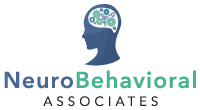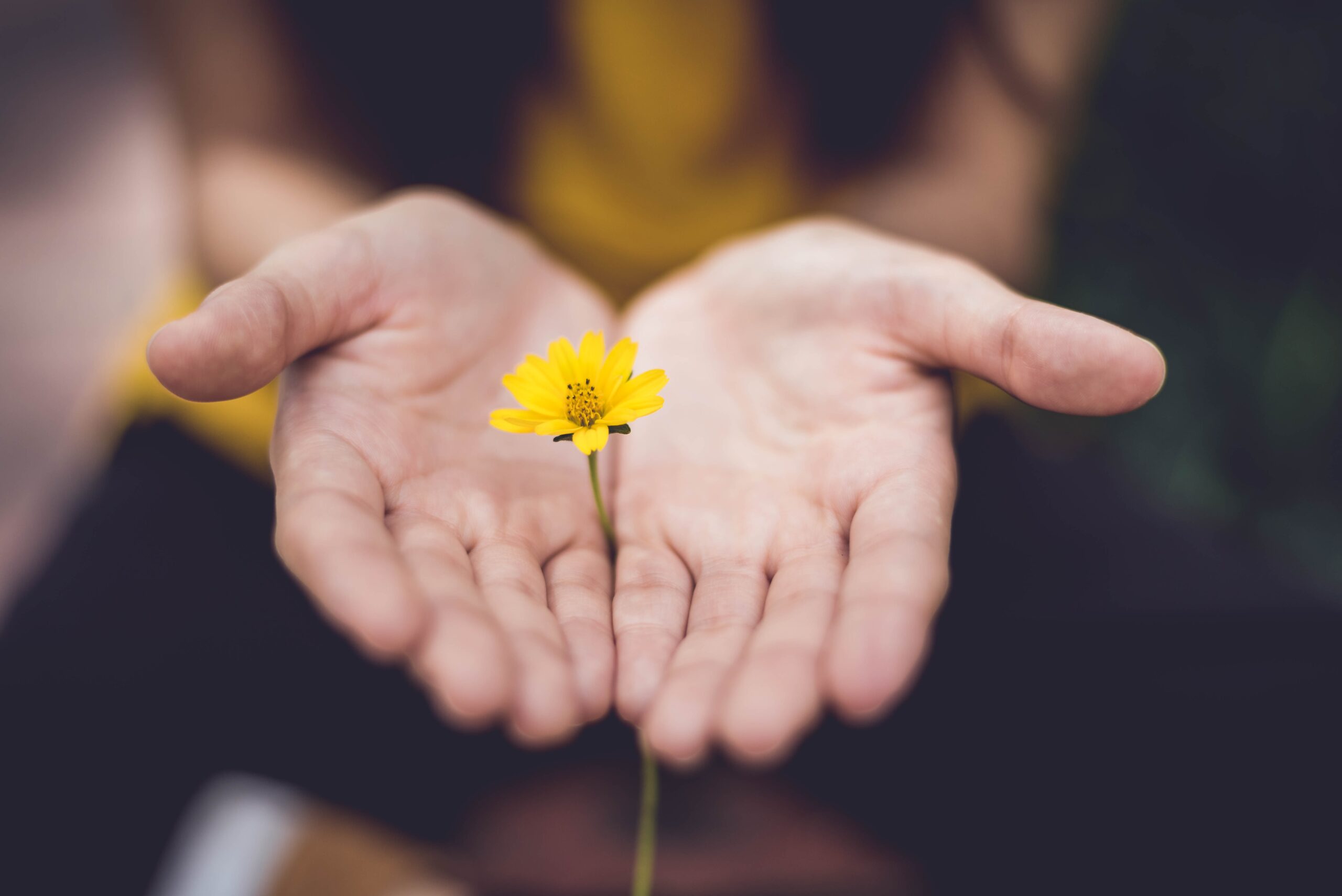As a parent or caretaker, life can become overwhelming and sometimes seem out of hand. However, it is crucial that we practice mindfulness and are grateful for what we have — while teaching our children to do the same! In this article, we will explore tips and tricks on how you can help teach mindfulness to the children in your life.
What Is Mindfulness?
First and foremost, let’s get started by defining what mindfulness is. Mindfulness is the act of focusing on the present and actively thinking about our current state. This can be both good and bad! When you don’t want to ruminate on stressors, it is important to be mindful of the things we are grateful for, our future goals, and the way in which we are feeling, even if it is less than ideal.
Practice Focus and Concentration
Practicing focus and concentration is a great way to introduce your child to thinking mindfully. Mindfulness can be complex and overwhelming, especially for young children. This is why starting with small intangible actions is so important! Practice teaching your child to actively focus on the task at hand and concentrate on getting the job done.
Move Mindfully
Mindful movement is another easy way to help introduce your child to thinking more mindfully. Practice different exercises, such as sports, yoga, or other outdoor activities, and talk about how each adventure makes you feel. For example, your child may love playing kickball with a friend, but dreads taking a hike in the woods. Making note of these references is an important practice in being mindful.
Guided Meditation
Guided meditation is another impactful way to be mindful with your children. This method is especially effective for children who are older and have already been exposed to thinking mindfully. Guided meditation is usually done alone, or in a small group, and can be a great way to clear your mind and focus on the present.
Practice Listening Skills
Practicing active listening skills is another way to help teach your child to be more mindful when interacting with others. This can be achieved by attending local story times at libraries, calling a relative or a loved one, and asking them a question. You can also listen to a song or a podcast and talk about it afterward with your child.
Be Grateful
Last but not least, mindfulness can blend beautifully with the art of being grateful for everything that we have and are. Encourage your child to list one thing they are grateful for each day either at the dinner table or before bedtime to encourage this positive habit!
We hope this article helped you better understand what mindfulness is and how you can best support your child in their journey to being more present and in the moment. For more helpful content or to speak with a professional about your child’s mental health, contact Neurobehavioral Associates today!






